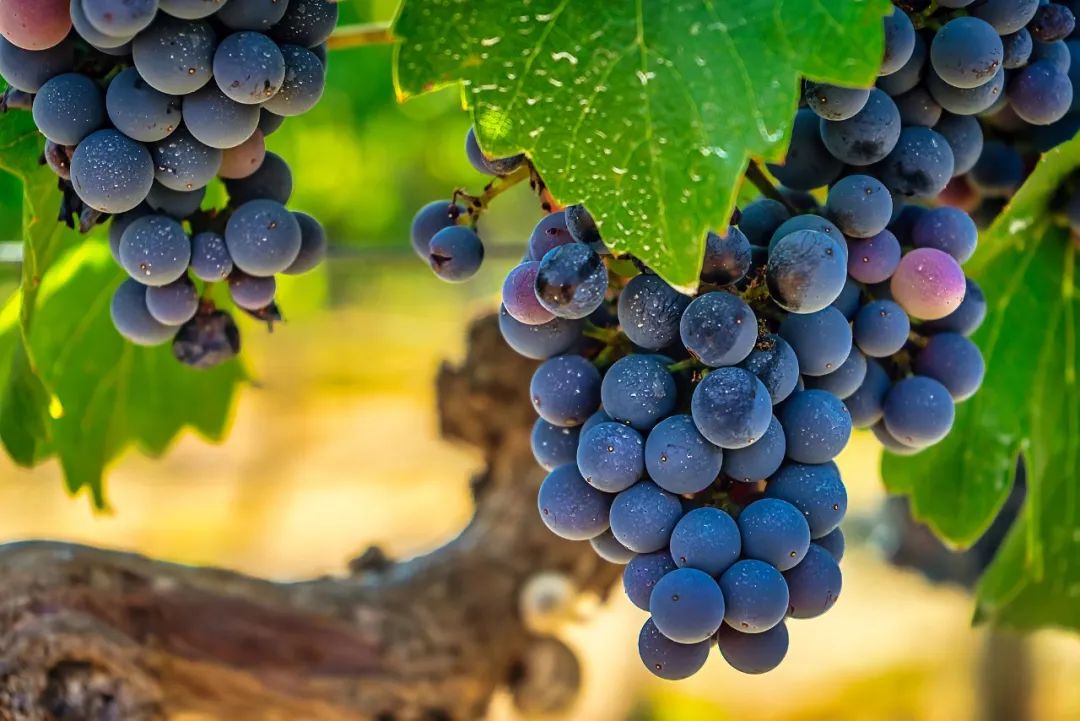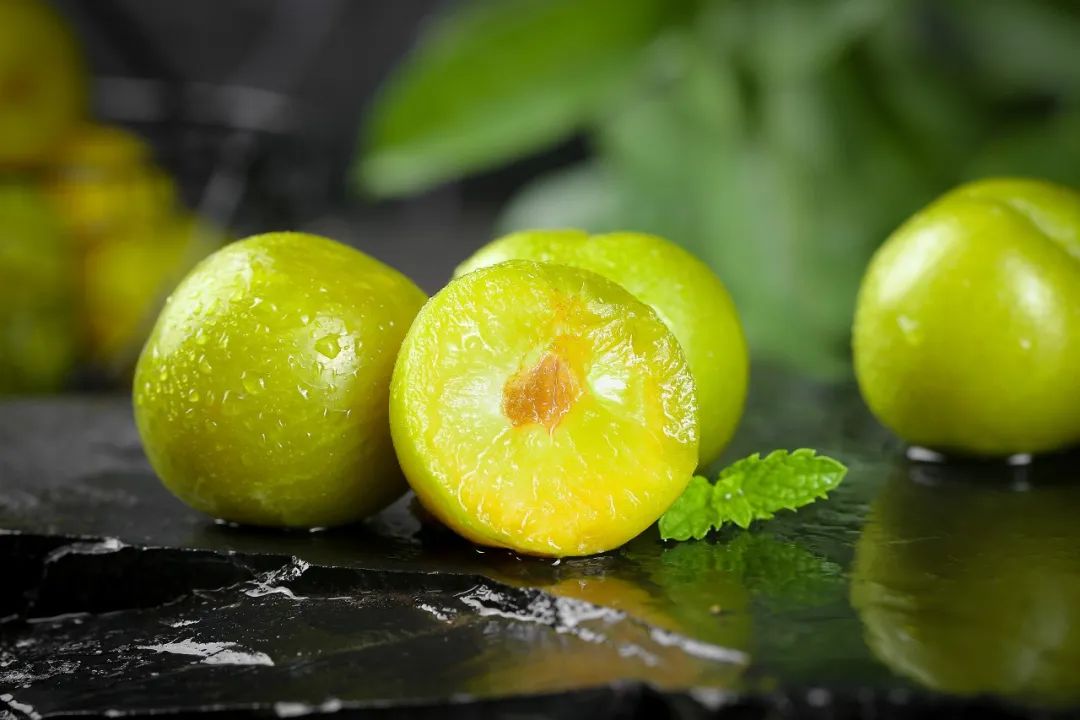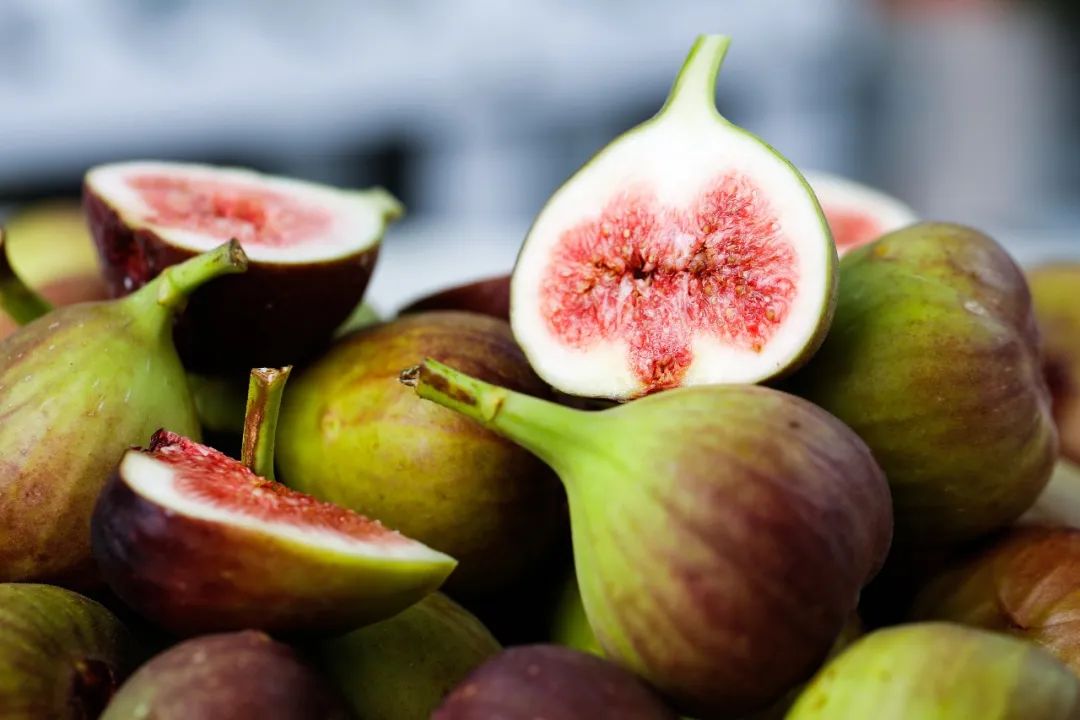It’s July again, the sun is blazing, the heat is intense, and it’s also the peak season for various fruits. Fruits at this time are not only sweet and juicy but also packed with nutrients, making them a great choice for hydration, cooling down, and boosting appetite. Today, let’s explore some of the “seasonal treasure fruits” for July—eating them the right way can be even healthier!
1. Figs
Sweet but High in Dietary Fiber
Figs are often called “sugar buns on trees,” a delicious treat that makes many worry about blood sugar spikes.
Indeed, fresh figs contain 16%–20% sugar, higher than mangoes and melons, and just slightly lower than bananas. Their glycemic index (GI) and glycemic load (GL) are moderate, at 60 and 11, respectively.
If your blood sugar isn’t well-controlled, limit your intake of figs, especially dried ones (nearly 50% sugar). One or two fresh figs a day is enough. If you crave more, consider replacing part of your meal with them and reducing rice or other carb-heavy foods to manage total sugar intake.
Fresh figs aren’t too high in calories—65 kcal per 100 grams, similar to kiwis (61 kcal/100g) and about a third lower than bananas (92 kcal/100g).
Figs also have notable nutritional benefits. First, they’re high in dietary fiber—3g per 100g, about twice that of bananas (1.2g/100g) and dragon fruit (1.6g/100g). Pairing figs with plenty of water can aid digestion.
Second, figs are rich in potassium (212mg/100g), nearly matching bananas (256mg/100g), helping with blood pressure regulation.
Additionally, figs contain 0.67μg of selenium per 100g, ranking high among fruits. Selenium’s strong antioxidant properties, combined with polyphenols like flavonoids and anthocyanins, make figs a great antioxidant fruit.
Selection Tips:
Choose plump, dark-colored figs—they’re riper and richer in antioxidants. Look for intact skin, a fruity aroma, soft but firm texture, and no rot or detachment at the stem. Store unwashed figs in the fridge without sealing them tightly, laying them flat to avoid bruising. They’ll keep for up to a week.
2. Grapes
Juicy and Bursting with Anthocyanins

Who can resist juicy, plump grapes? With countless varieties, whether you prefer sweet or tart, soft or crisp, there’s something for everyone.
Grapes are like “tiny water balloons,” with over 85% water content (some varieties reach 90%). Their calorie count isn’t high (45–55 kcal/100g), but sugar content is around 10%, with varieties like Kyoho and Muscat reaching 12% or more. Don’t let their small size fool you—eating too many at once can spike blood sugar.
Grapes shine in their skin and seeds, rich in anthocyanins and resveratrol, both potent antioxidants. Darker varieties (deep purple or red) have higher antioxidant levels in their flesh.
Selection Tips:
Pick grapes with a whitish bloom and fresh green stems. Refrigeration enhances sweetness and shelf life. Freezing is another option—peeled grapes can be frozen as ice cream substitutes or blended into smoothies.
3. Honey Plum
Low Sugar, Low Calories, But Super Sweet

Honey plums are a must-try, even for those who dislike plums. Their thin skin, translucent yellow-green hue, honey-like flesh, and small pits make them irresistible.
With over 90% water content and just 38 kcal/100g, honey plums are low in sugar (8.2%) and have a low GI (24–32) and GL (




